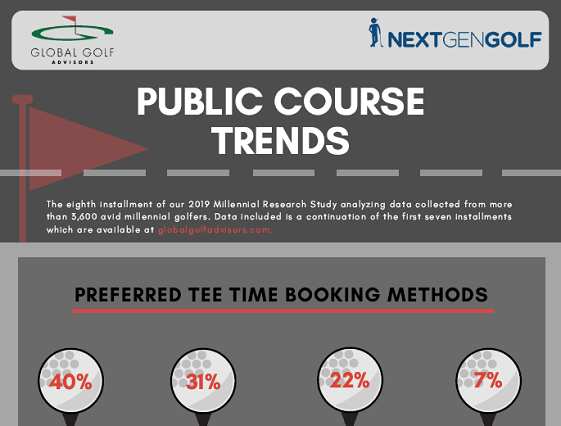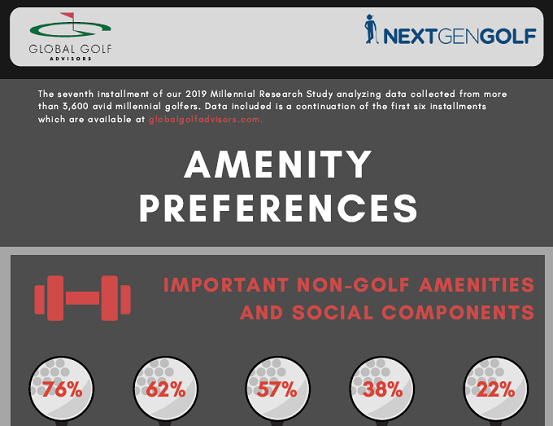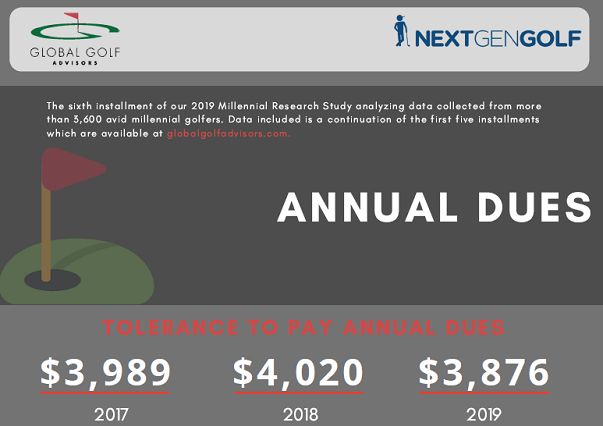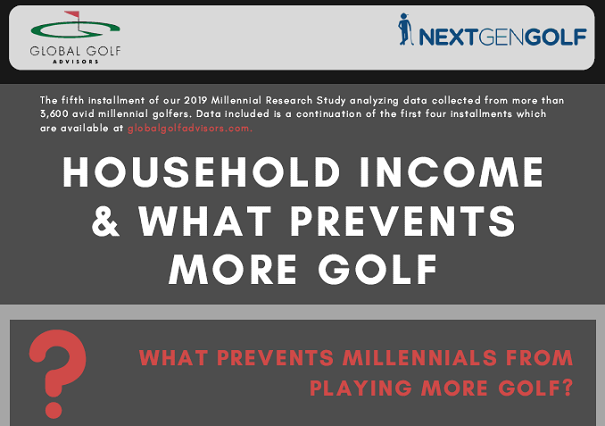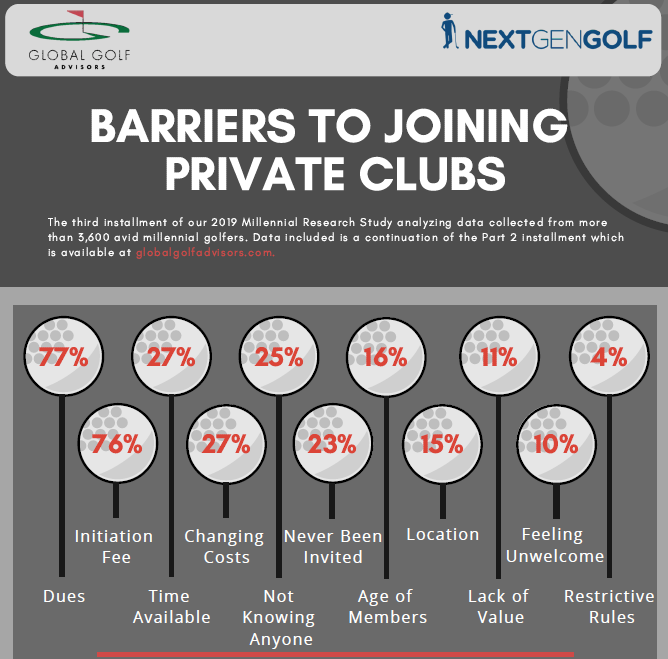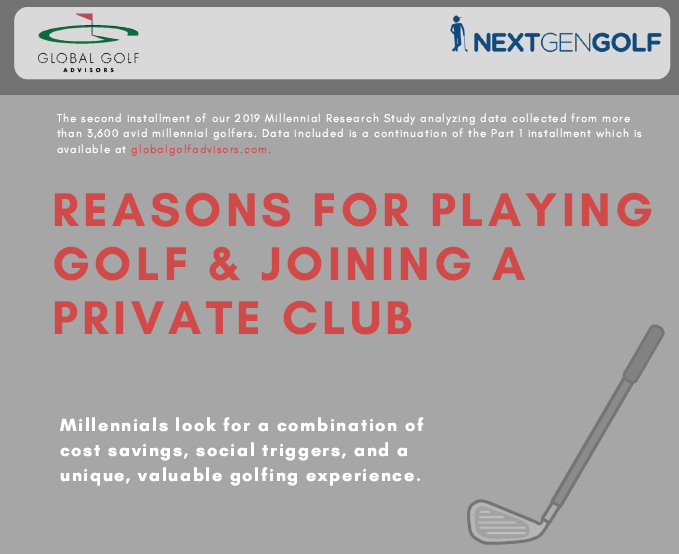Do you know what makes your club special and different? GGA’s Linda Dillenbeck explains the power of understanding what makes your club unique, and how to communicate that with messages that resonate with your target consumer.
If you want to make your marketing efforts more effective, your first step is to take a step back and look at your Club’s marketing message through the eyes of your prospective customer.
If your message isn’t telling potential members how your Club is unique in the marketplace, and distinct in fulfilling their desire for a club membership, then you are missing an opportunity to make a connection.
And that connection that can be the difference between choosing your club or your competitor’s.
Define Your Brand with A Unique Selling Proposition
That’s simple, right?
You probably have a championship golf course, offering a variety of tees for players of all skill levels, along with a courteous professional staff, in a beautifully manicured setting, with first-class amenities for an active lifestyle…
If these are the phrases you use when describing your Club, then you have fallen into the “sea of sameness” trap. A quick review of your competitor’s brand messages and websites will probably reveal they are using the same descriptions to promote their Clubs.
Defining your brand goes deeper than a recitation of what you have. It’s about who you are. Prospects want to know how you are unique, why you are different and what your Club offers that no one else can.
This is defined as your Unique Selling Proposition, the purpose of which is to inform your prospects why your Club is the best choice, and to justify why your target customers should choose your Club over the competition.
To develop your Unique Selling Proposition, ask your Members and staff to tell you:
- The one thing that makes your Club different
- The three words that best describe your Club
- The short description they use when their friends ask about your Club.
These responses will reveal the current perception of your brand, and provide the starting point for determining what truly makes your Club unique.
Speak to Your Specific Audience
Communication serves several purposes: to inform, to influence, to engage the imagination, and to satisfy expectations.
To ensure your brand message is relevant, you must first define specific audience to whom it is to be delivered. Whether your Club’s target audience is families, low-handicap players, couples or business executives, the information presented should use terms and phrases conveying that your Club understands the audience being addressed, and values what that audience holds in high regard.
All too frequently, marketing messages focus on the Club, whereas prospects want to learn how the Club will improve their lives. By focusing your message on satisfying a need and fulfilling a desire you will capture the attention of your prospect much more often.
And most important, your Club’s marketing messages must create trust and connection with its audience. Today’s consumers appreciate simple and honest messages, unencumbered by hollow boasts. By speaking truthfully, consistently and authentically with your audience, your messages will be much more effective.
Tell Your Audience Your Story
Too often, we observe Club marketing focused on providing a laundry list of adjective-laden amenities in their effort to distinguish their facility from the competition. Unfortunately, most Clubs have a lot of the same amenities.
A more successful way to engage consumers and break out of the “sea of sameness” is to tell the story of who you are, why you exist, the shared values of the Club and its members, and the unique experiences available.
Stories engage people and their imagination, particularly stories about people and experiences. The storytelling method of presenting your Club will engage your prospects, allowing them to cast a role for themselves in the narrative and visualize becoming part of the Club’s story.
Below is a good example of successful storytelling we recently came across. The text appears as the opening paragraph on the Club’s website.
“Imagine a private retreat, nestled among citrus groves, rolling foothills and lush fairways.
Picture a place of connections, camaraderie, competition and ease from the pace of life –
an idyllic environment for a gracious way of living.”
This introduction to the Club highlights both its uniqueness – a private retreat among citrus groves, rolling foothills and lush fairways – and a distinct impression of what the Club values – camaraderie, competition, a gracious way of living – thereby inviting the like-minded prospect into the story.
Understanding what differentiates your Club from the competition, communicating those appealing attributes to the matching audience, and doing it in a fashion properly tailored for their consumption will elevate your Club’s message above the competition and entice your prospects to want to learn more.
This article was authored by GGA Senior Associate and Marketing expert Linda Dillenbeck.
